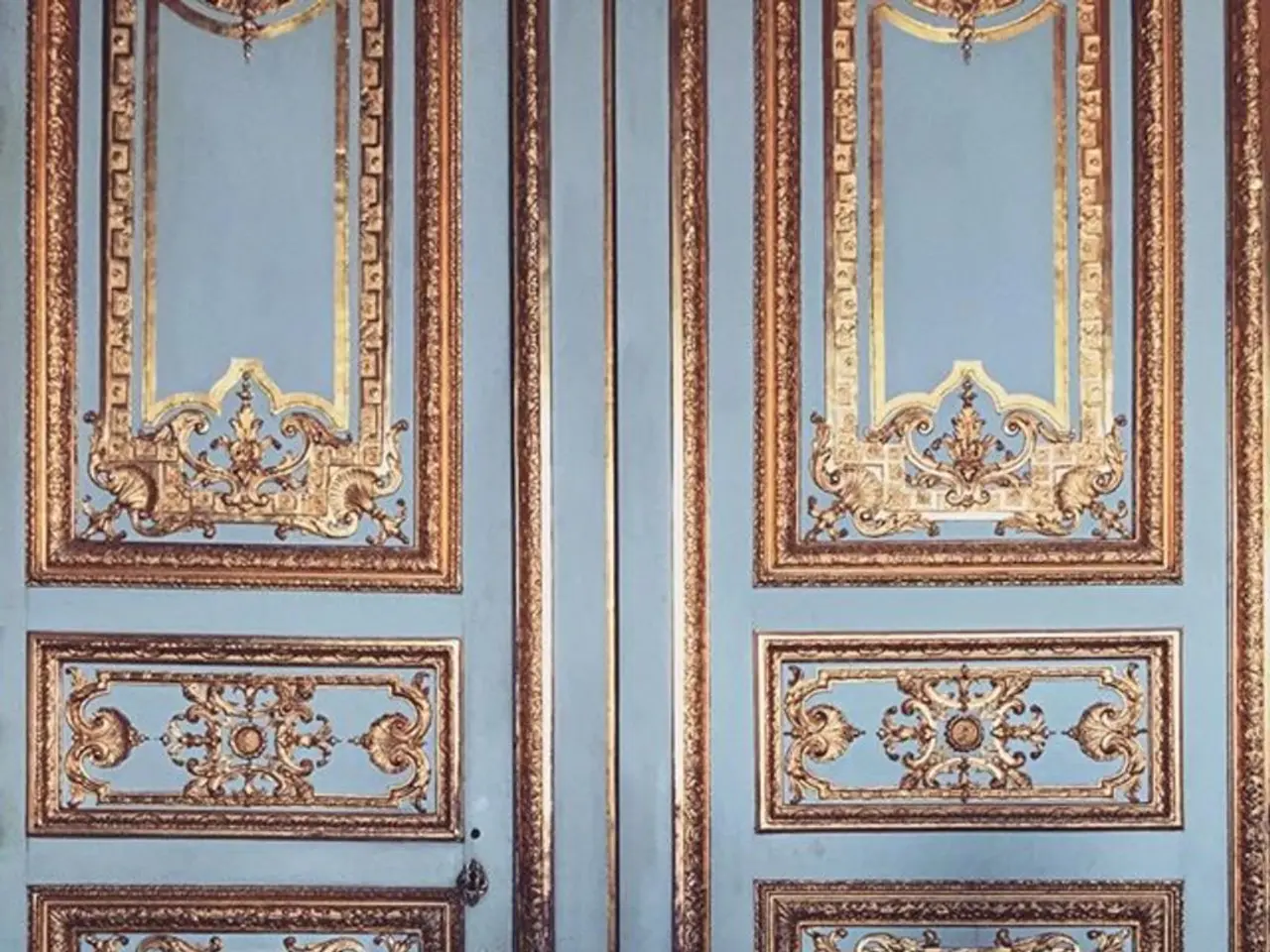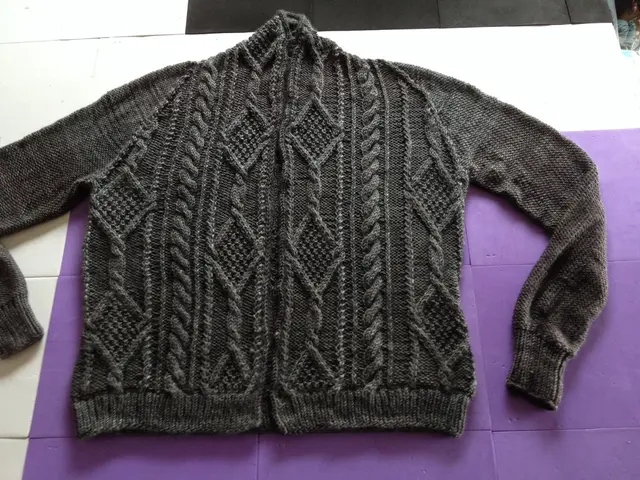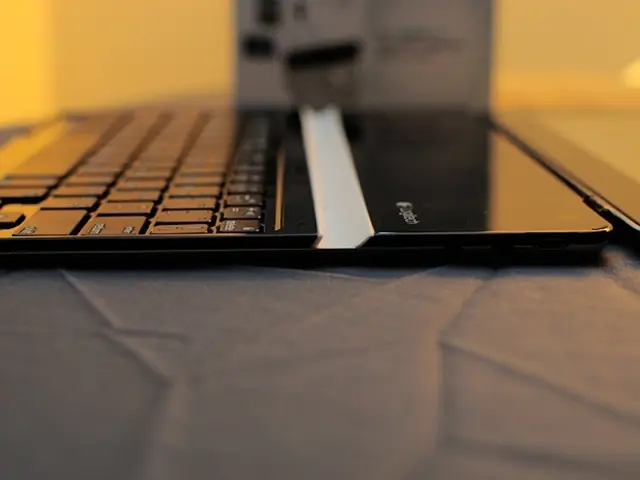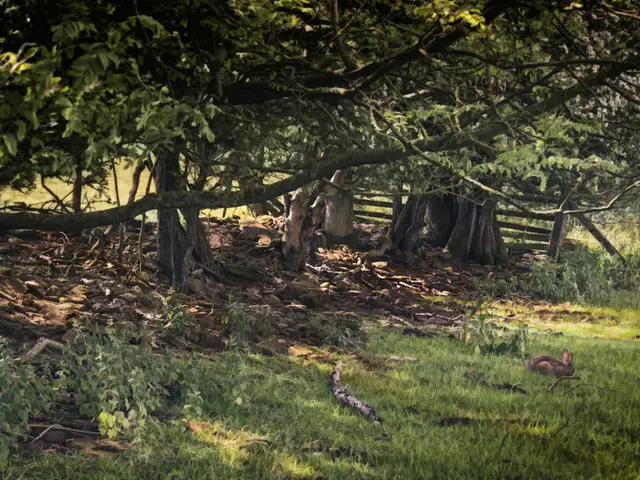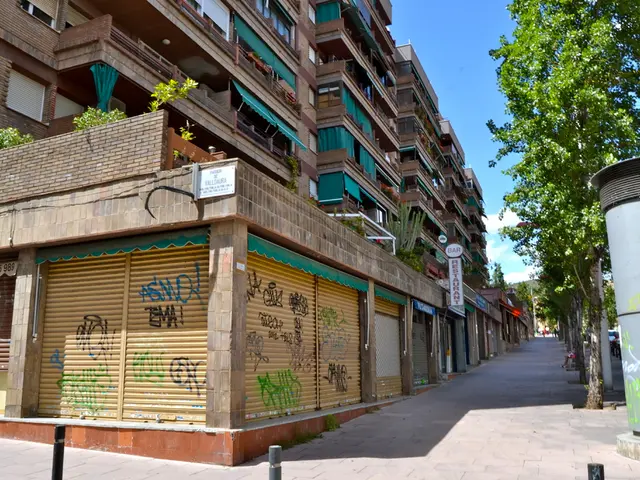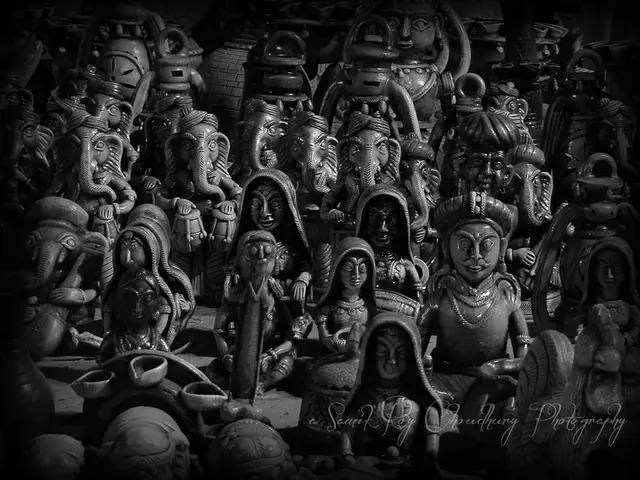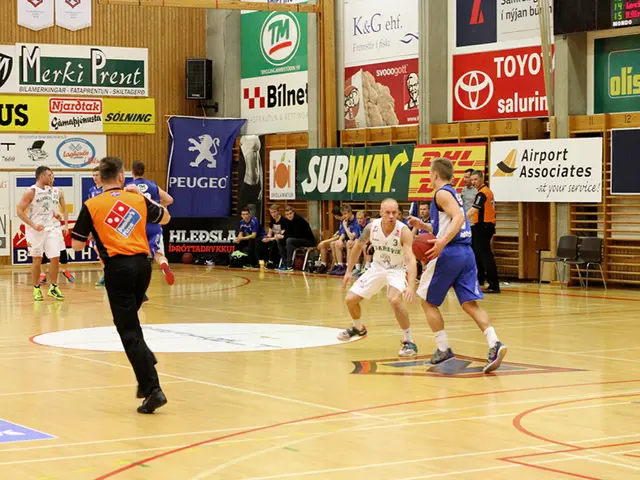Africa's design landscape: Insights from designer Hicham Lahlou on potential prospects for the continent
Hicham Lahlou, a renowned Moroccan designer, is making waves in the global design community with his unique approach to design. His philosophy centers on viewing design as a tool for human and social development, transcending mere aesthetics.
Lahlou's work is deeply rooted in cultural expression and technical craftsmanship, celebrating Moroccan and African identity and heritage. This approach challenges conventional narratives that often categorise Morocco solely as part of the "Arab World." Instead, Lahlou asserts a proud African identity, which informs his design ethos.
This philosophy has profoundly influenced Lahlou's interdisciplinary design approach, which blends cultural heritage, innovative materials, and collaborative processes. His projects span from designing functional public infrastructure like the first high-speed train stations in Morocco, integrating local architectural inspirations and traditional Moroccan Zellige tile art, to product collaborations such as his porcelain collection with French manufacturer Haviland based on Moroccan design codes.
Lahlou's practice embraces collaboration with municipalities, heritage organisations, and private stakeholders, ensuring designs resonate locally while engaging with broader global ideas and techniques. By situating design as a catalyst for social and cultural engagement, Lahlou has positioned his work at the intersection of architecture, industrial design, and cultural storytelling.
Through such projects, Lahlou sends a message that design delivers not only utility but also culture, love, and technical mastery—a triad that has helped put Moroccan and African design on the global stage. In 2022, Lahlou was one of 60 designers selected for Milan Design Week's 60th anniversary exhibit, further solidifying his place in the global design conversation.
Lahlou's formative years were in Africa, but training in Paris at the Académie Charpentier and the Académie de la Grande Chaumière influenced his approach to design. He returned to Rabat, Morocco, in 1996 to build a practice in Morocco. Lahlou has worked on projects in Europe, Africa, and the Middle East, and his 'disco' hookah pipe is in the permanent collection at the Victoria & Albert Museum.
Lahlou co-authored African Generation: The Power of Design with Professor Mugendi K M'Rithaa and has organised African Design Days in 2017 with the World Design Organization in Rabat. In 2016, he was awarded the Chevalier de l'Ordre des Arts et des Lettres by the French Republic.
Currently, Lahlou is working on an African Design Academy and has started a partnership to teach an executive master's in Design Thinking and Innovation. He aims to promote collective creativity and avoid being seen as 'the only' or 'other' in the design world. Lahlou's website is hichamlahlou.com.
- Hicham Lahlou's unique design approach, which emphasizes cultural heritage, innovation, and social development, positions him as a significant figure in the intersections of home-and-garden, interior-design, and lifestyle, while also contributing to the education-and-self-development sector through his African Design Academy andDesign Thinking and Innovation courses.
- Hicham Lahlou's work aesthetically celebrates Moroccan and African identity and heritage, but more importantly, his philosophy and practice of design transcend this to deliver culture, love, and technical mastery, therefore impacting not only lifestyle and home-and-garden spheres but also broader discussions on global lifestyle and self-development.
